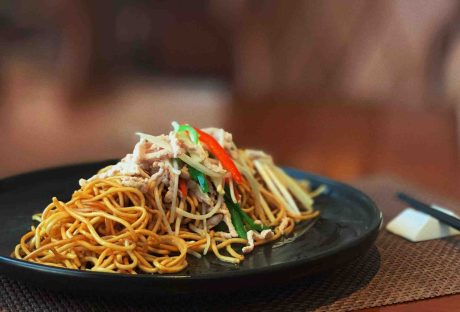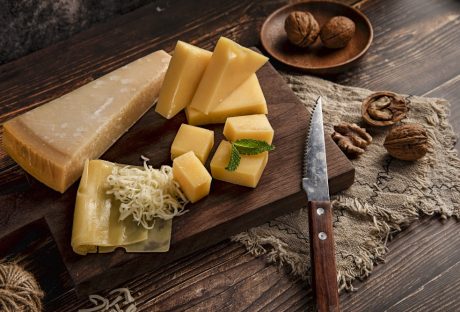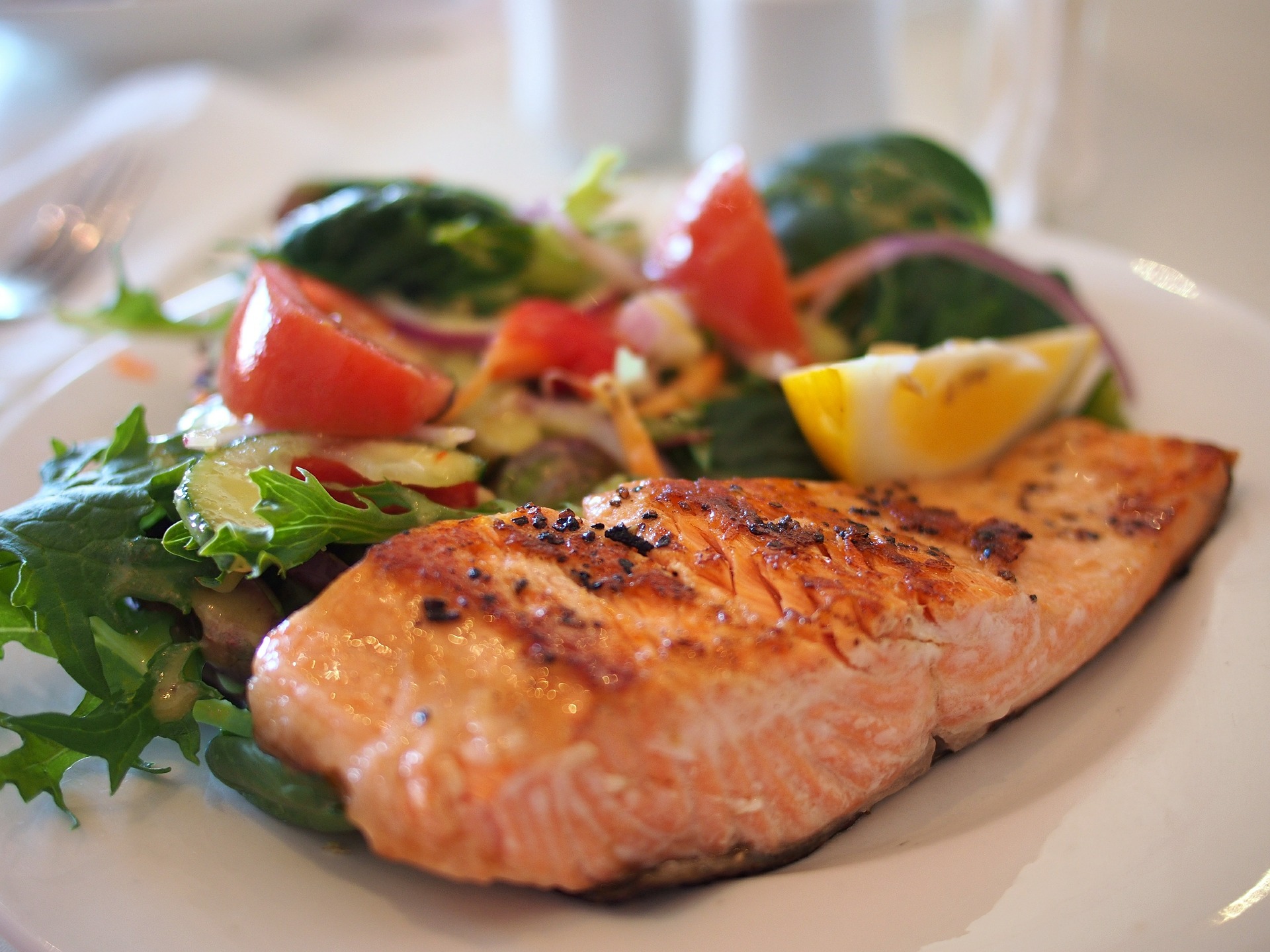Besides searching for the best way to consume CBD, if you ever have searched for marijuana edibles, you’ve probably received more results than you can possibly ever go through. There are cookies, brownies, candy, beers, coffees, and sodas, among many other foods.
There is even cannabis-infused flour, butter, sugar, and honey for you to cook with if you want to add a little THC to your own meals or baked goods. However, if you’ve never tried edibles, you might not know which is right for you. Here’s a rundown of the most popular types of edibles and how they differ from each other.
Candy Edibles
Candy, and gummy candy, in particular, is the most popular way to consume marijuana in food. Chocolate bars, truffles, and bonbons are also favorites, but the point is that no matter what flavor you’re looking for, you’re bound to find a candy you’ll like. Many people choose candy edibles because they can mask the sometimes bitter flavor of cannabis.
Another reason candy is popular is that it is usually small in size and can be consumed discreetly. Take a gummy, for instance. You can easily put several gummies in a bag and carry them in your purse or backpack, and when you eat one, no one would ever know it contains marijuana.
Mints, which fall under the candy category, are even more discreet to carry and easier to consume without calling attention to what you’re eating.
Baked Goods
Pot brownies are the stereotypical edible that always seems to be associated with marijuana. However, there are numerous types of baked goods that contain THC these days. From cookies to bread to cakes to macarons, you can find a baked item that fits your needs.
These tend to be more conspicuous than marijuana candy, but that all depends on how it’s packaged. If your cookie or brownie is in a plain container, it’s likely no one will be the wiser when you eat it.
Keep in mind that it can be harder to control your dose with a baked good than with candy. Once you have a single piece of candy, you’ll know exactly how consuming one piece of that candy will affect you in the future. With a pot cookie or brownie, though, the amount of THC you consume may differ with each bite.
For this reason, eat only a small portion of your baked goods, to begin with until you know how it’s affecting you.
Soda
Cannabis-infused sodas are harder to find than candy and baked goods, but they are gaining in popularity and becoming more prevalent in states where recreational marijuana is legal(considering its pros and cons).
The main factor in its growth is that soda is digested more quickly than solid food, so the buzz happens more quickly when you drink a THC-infused product rather than eat candy or cookies. Sometimes, it can take an hour or better before you feel anything from candy or brownie edible, but you’ll feel the effects much faster with a soda.
Tea
Many edible consumers prefer to get their THC from a cup of hot tea. This is a favorite method because most tea bags only contain minimal amounts of THC so you can get some of the effects of marijuana without being entirely incapacitated, especially if you’re sensitive to the drug.
Of course, you can find tea bags with significantly more THC than others, so make sure you pay attention to the brand you get and how much THC you’ll be consuming with a single tea bag.
You can also use canna honey or cannabis-infused sugar in your tea as an alternative to getting the THC from the tea bag itself. Since you’ll most likely make the canna honey or cannabis-infused sugar yourself, you’ll be more aware of how much marijuana you’re using each time you put some in your tea.
There are many recipes for honey and sugar infused with cannabis on the Internet to help you make your own edibles.
Conclusion
No matter how you decide to consume marijuana, it’s important to understand the dose you’re putting into your body. For instance, a soda usually is meant for two separate servings, so don’t down the entire bottle if you haven’t ever tried one before. Take it slow and pay attention to your response to the edible to make sure you’re using it safely. Before long, you’ll find the edible that’s perfect for you!
Read Also:


























